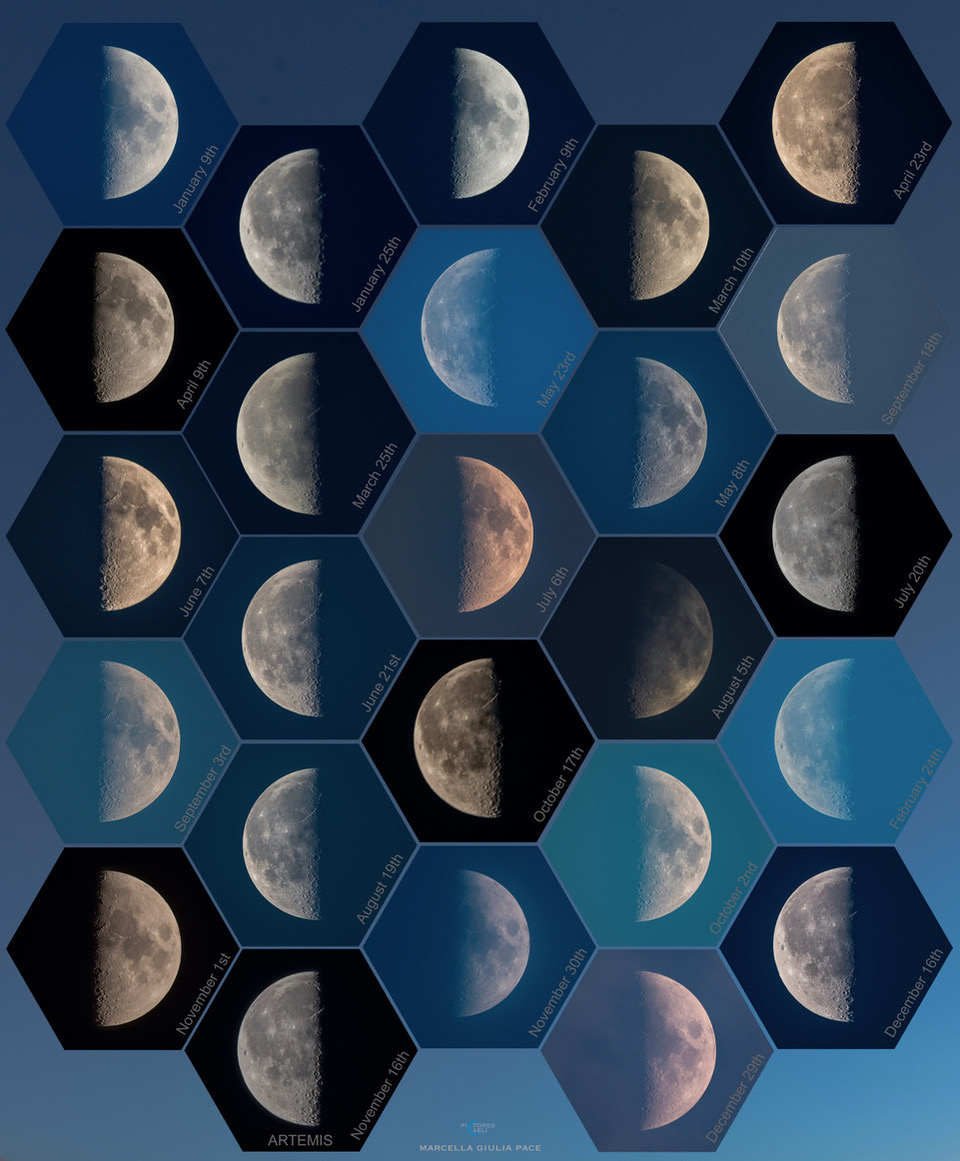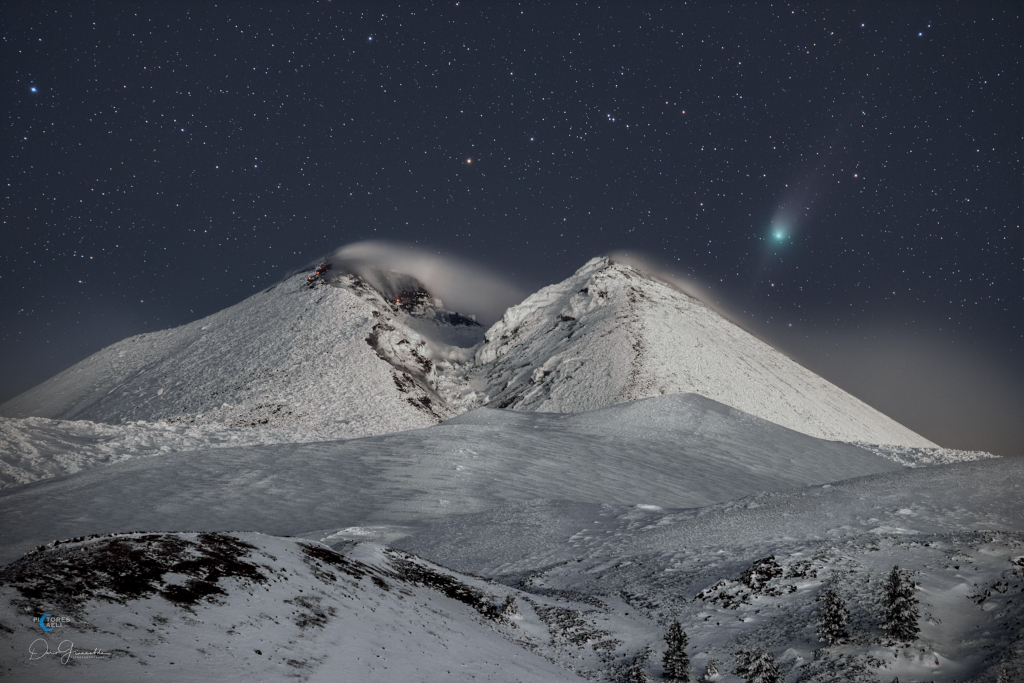
2017年07月05日:远日点的日出-(Aphelion Sunrise)--原图下载
Image Credit &Copyright: Stephen Mudge
说明: 在7月3日,地球运行到远日点,一个在绕行太阳的椭圆轨道上最远的点。每年这个离太阳最远的日子,会出现在南半球的冬天。而正也是在2005年的这一天,记录了上面这幅澳洲.布里斯班天际线后方的远日点日出之组合影像。当然,我们地球的季节变化和太阳的距离无关,而是由地球的自转轴和公转轨道面(黄道)的倾角所决定。这个常称为黄道倾角的倾斜角,与轨道面垂直方向的夹角是23.4度。所以这个最远的日出发生在北半球的夏天,此时地球的北极向太阳倾斜,因此北半球的白天较长也较温暖。
原文:
Image Credit &Copyright: Stephen Mudge
Explanation: On July 3rd,planet Earthreached aphelion, the farthest point inits elliptical orbit around the Sun.Each year, this day of the most distant Sun happens to occurduring winter in the southern hemisphere.That's where this aphelion sunrise from 2015 was captured in atime series composite against the skyline of Brisbane, Australia.Of course, seasonsfor our fair planet are not determined bydistance to the Sun, but by the tilt of Earth's rotational axiswith respect to the ecliptic, the plane of its orbit.Fondly known as theobliquity of the ecliptic,the angle of the tiltis about 23.4 degrees from perpendicular to the orbital plane.So the most distant sunrise occurs during northern summer, whenthe planet's north pole is tilted toward the Sunand the north enjoys longer, warmer days.






评论